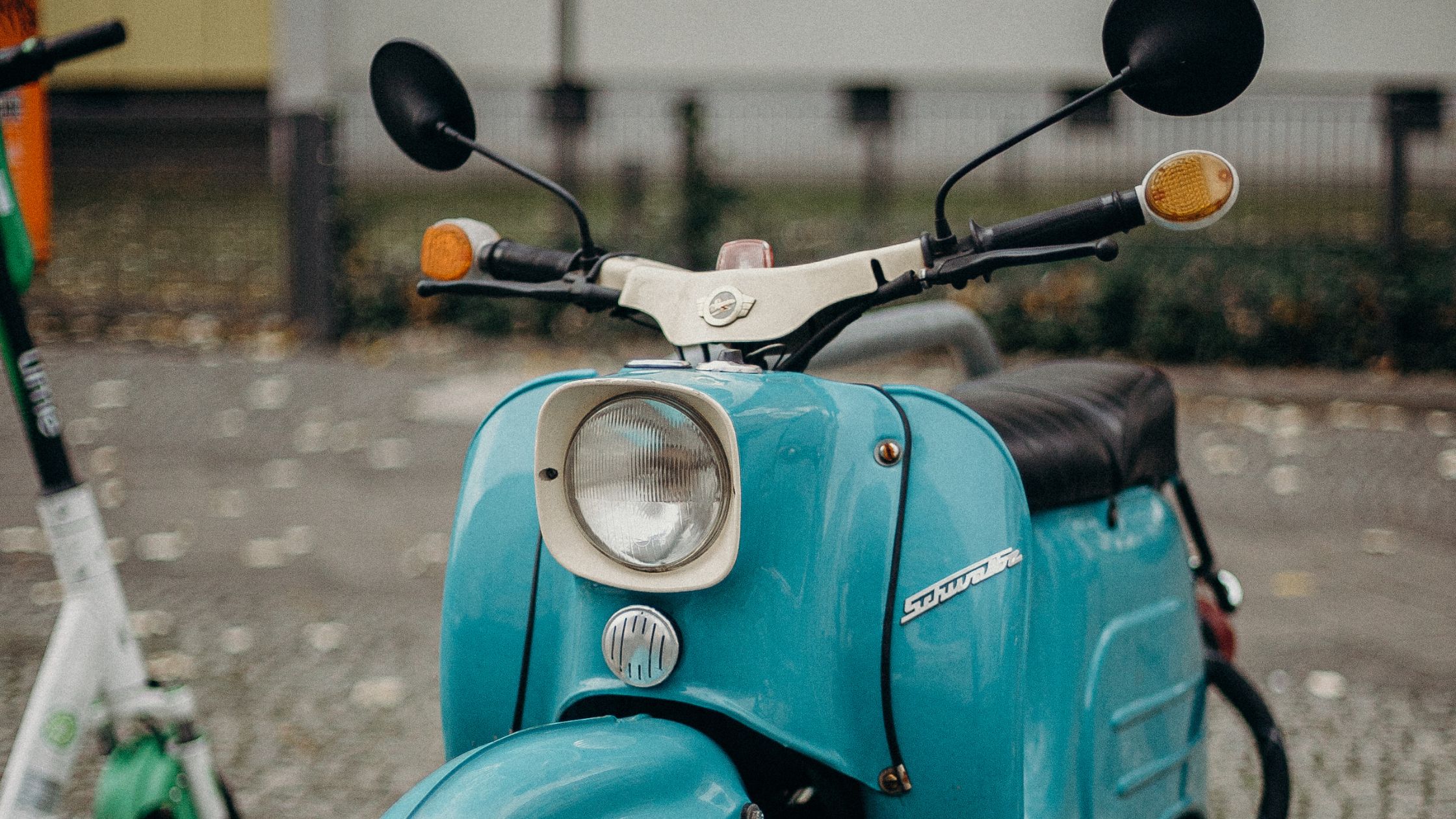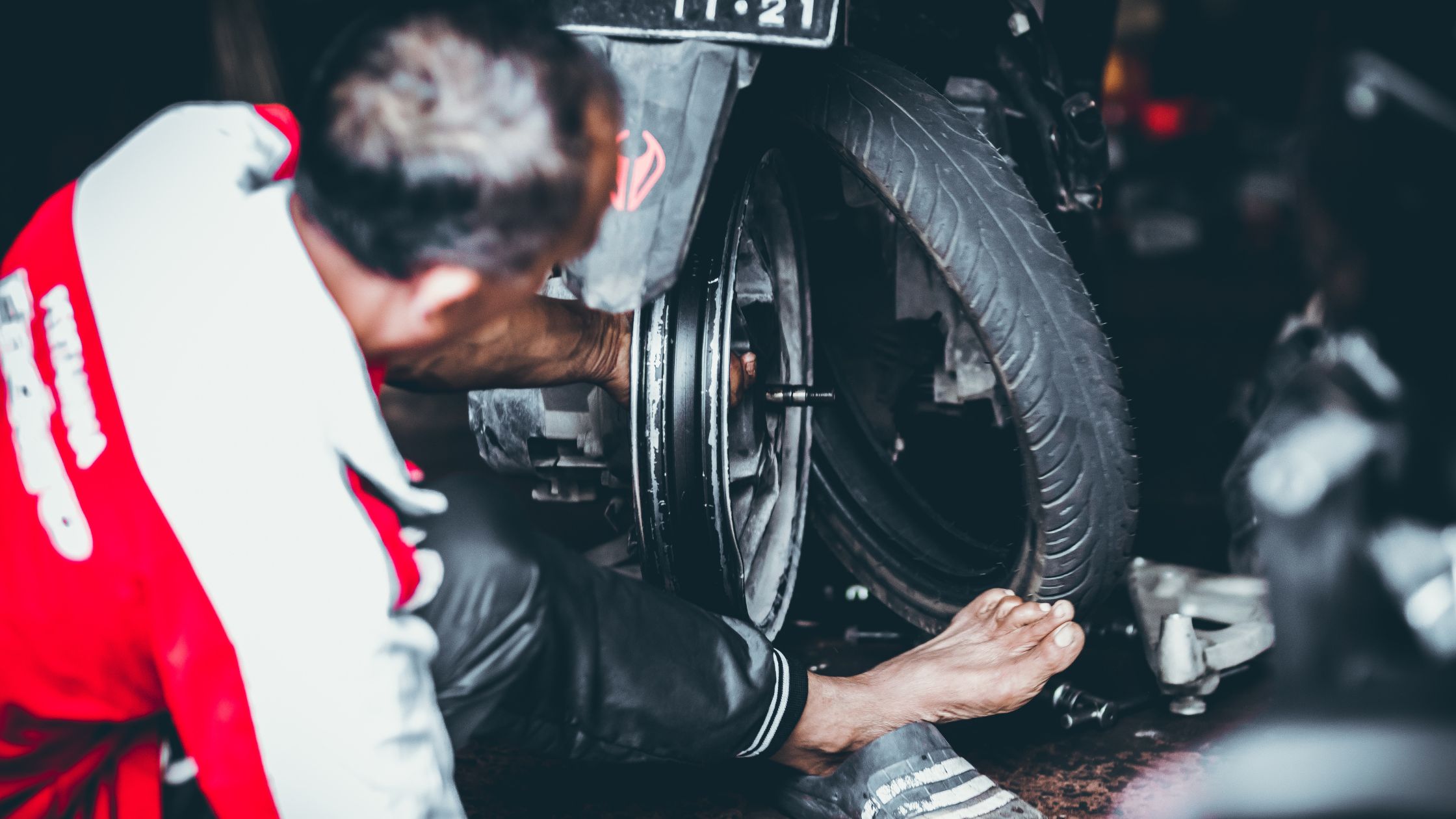Jika anda sedang mencari What Is The Difference Between Sport And Physical Motoric, anda berada di tempat yang tepat! Disini saya akan mencoba membahas beberapa pertanyaan mengenai What Is The Difference Between Sport And Physical Motoric.
What is the difference between sports and physical?
A sport is classified as an activity that requires physical prowess or skills, and often of some competitive nature such as tennis, bowling, racing, and boxing while physical education is classified as a training in a bid to develop and care for the human body.
What is physical development in sport?
Physical development involves providing opportunities for young children to be active and interactive; and to develop their coordination, control, and movement.
What are the differences between physical and motor development?
Physical development refers to the development of gross motor skills and fine motor skills. Gross motor skills refer to the involvement of large muscles of the neck, trunk, arms and legs. Children demonstrate such involvement as they climb, jump, walk, crawl, throw etc.
What is physical and motor fitness?
Motor-performance fitness is defined as the ability of the neuromuscular system to perform specific tasks.
What are the main differences between sports and physical recreation?
Sport has more stringent rules (more regulated) – recreation has its own time and space with rules wanted by the participants. Sport tends to require more time and commitment – recreation can be as short or as long as wanted – usually no commitment except to the present activity.
What is the full meaning of sports?
sport. / (spɔːt) / noun. an individual or group activity pursued for exercise or pleasure, often involving the testing of physical capabilities and taking the form of a competitive game such as football, tennis, etc.
What is the meaning of physical development?
Physical development refers to the advancements and refinements of motor skills, or, in other words, children’s abilities to use and control their bodies. Physical development is one of the many domains of infant and toddler development.
What are examples of physical development?
Examples of physical development are large muscle groups needed for activities such as swimming, running, or skiing. Other muscle development occurs in muscles that are needed for specific tasks, such as cutting paper, writing, or pointing. Development of the senses includes changes to vision and hearing.
What are the 5 stages of physical development?
Stage 1: Newborn to 1 year: Birth to Mobility. Stage 2: Age 1 to 3 year: Mobility to Basic Motor Skills. Stage 3: Age of 3 to 7: Fundamental Motor Skills to Ready for Sports Motor Skills. Stage 4: 7 to 10: Ready for Sport Motor Skills to Sports Sampling.
What do you mean by physical motor development?
Motor development is part of physical development, and refers to the growth in the ability of children to use their bodies and physical skills. Motor development can be divided into gross motor skills and fine motor skills.
Why is physical development important?
Children who are physically active are more likely to stay at a healthy weight, sleep better, maintain strong bones, and reduce the risk of obesity-related diseases. Children who are physically active also have more opportunities to develop muscle strength and endurance.
What is a motor skill in sport?
Motor skill. An action or task that has a target or goal and that requires voluntary body and/or limb movement to achieve this goal.

What is physical training sport and recreation?
Physical Training, Sport and Recreation (PTSR) is an integral part of the SANDF which was established to enhance the members’ ability to cope with indispensable military culture, tradition, norms and duties. The SANDF is mandated to present sport as a matter of national interest in various levels.
What is physical sport?
1. A competition with a set of rules for determining the winner, requiring physical prowess and skill to move the physical competitor and/or a physical object as required by the rules.
Does a sport have to be physical?
A sport is an activity involving physical exertion, skill, and competition. Based on this definition, any activity that meets all three requirements are considered sports. But there are some that meet these requirements, but they aren’t treated as a sport.
What are the two types of physical development?
Physical development is divided into two areas , growth and development. Growth is the physical changes of, the increase in size, height and weight. Development is how children gain control over their physical actions to do complicated and difficult activities more skilfully and easily.
What are the two main areas of physical development?
Physical development is also divided into two main areas: fine motor skills and gross motor skills.
What are the characteristics of physical development?
Rapid Physical Growth. During adolescence, individuals develop physical maturity. Occurrence of Puberty. Physical Changes. Development of Body Parts. Height and Weight Growth. Self Conscious. Development of Sex Glands.
How do you achieve physical development?
Move! Provide an environment that encourages lots of time and space for energetic (and noisy) play. Stretch! Get outside! Switch things up! Limit screentime! Rock and roll! Be helpful!
What is normal physical development?
Rolling over, crawling, walking, and talking are all considered milestones. The milestones are different for each age range. There is a normal range in which a child may reach each milestone. For example, walking may begin as early as 8 months in some children.
What affects physical development?
Heredity. Heredity is the transmission of physical characteristics from parents to children through their genes. Environment. Sex. Exercise and Health. Hormones. Nutrition. Familial Influence. Geographical Influences.
What activities promote physical development?
You can include running, jumping, balancing, throwing, catching and other fun actions like jump roping or hula hooping. Yoga helps strengthen muscles and develop coordination and balance.
What are the 7 developmental stages?
There are seven stages a human moves through during his or her life span. These stages include infancy, early childhood, middle childhood, adolescence, early adulthood, middle adulthood and old age.
What are the four types of development in physical education?
1 Organic Development. 2 Neuromuscular Development. 3 Intellectual Development. 4 Social-Personal-Emotional Development.
Terimakasih telah membaca What Is The Difference Between Sport And Physical Motoric, semoga jawaban dari pertanyaan anda telah saya jawab semua. Semoga bermanfaat!
 Mobil Series Situs Mobil Terbaik se-antero Bintaro
Mobil Series Situs Mobil Terbaik se-antero Bintaro
